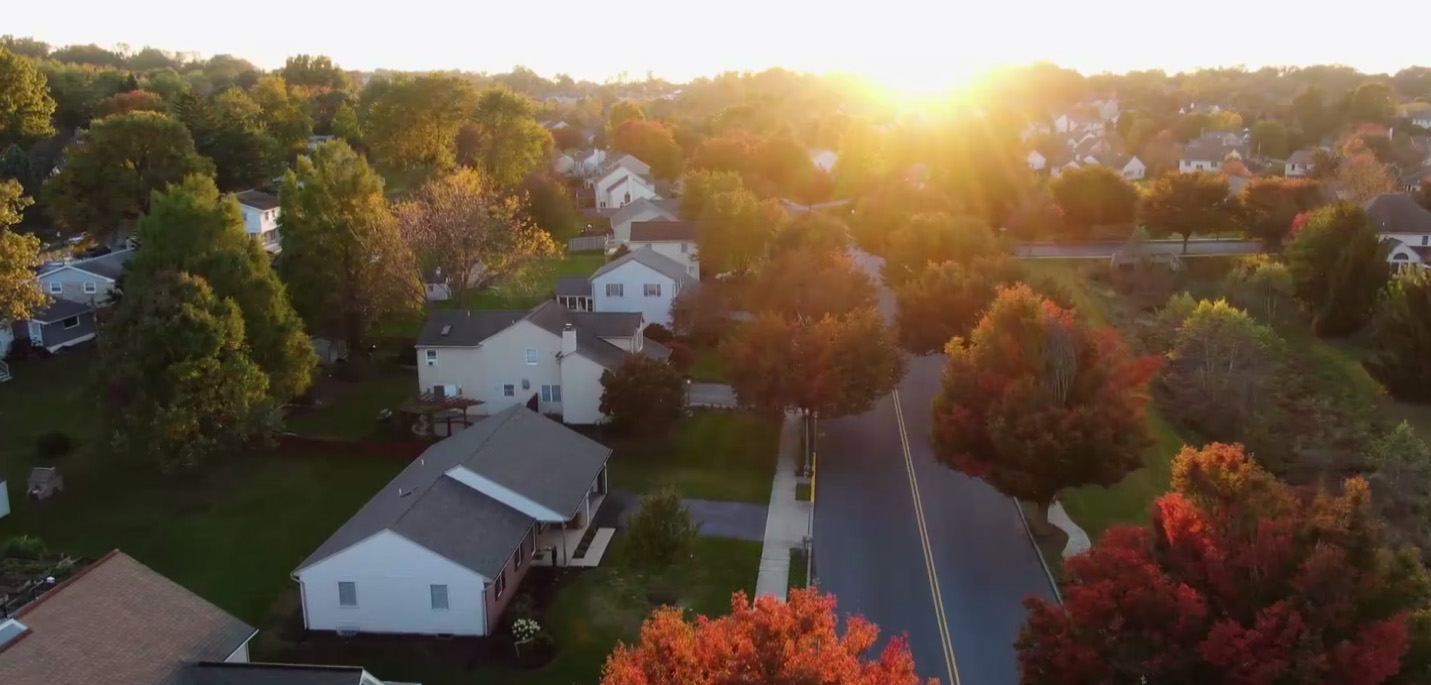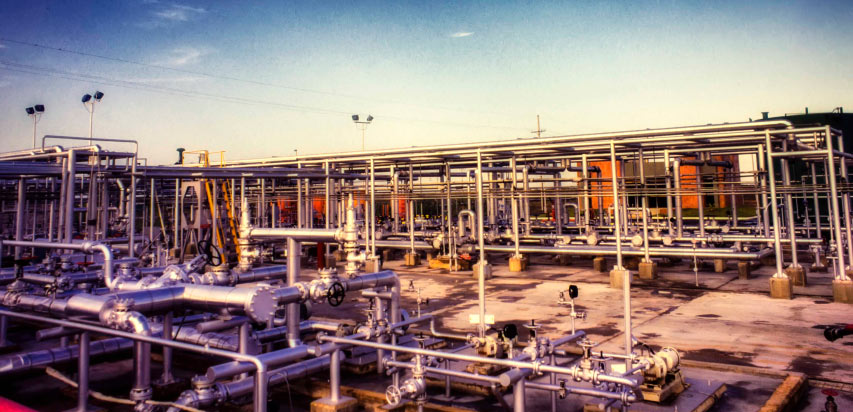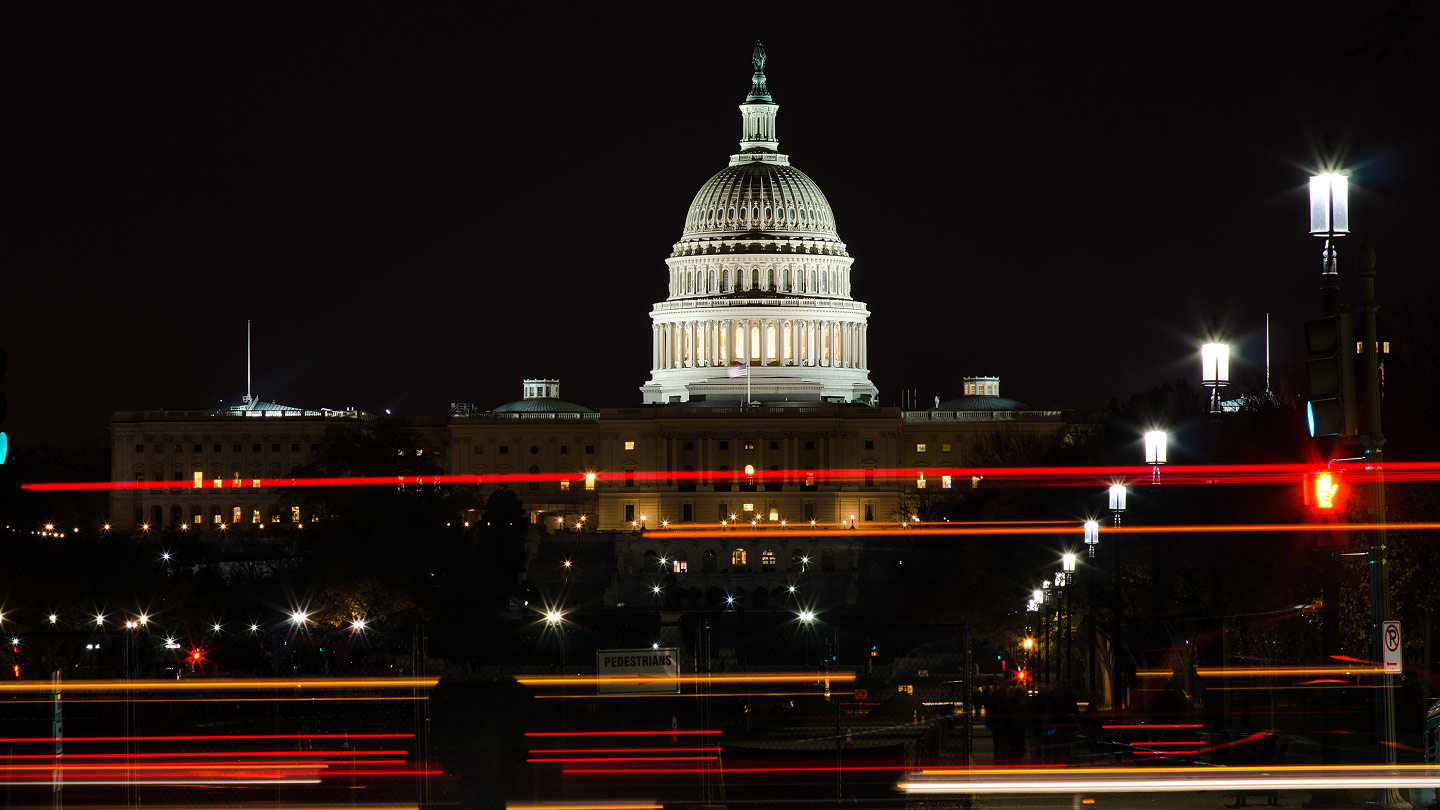
Home prices have been rising in every corner of the U.S., with the pace of new home sales surging earlier this year to highs not seen for 14 years. A combination of heightened demand, in part due to the COVID-19 pandemic and record-low mortgage rates have continued to support the boom in U.S. housing, making real estate the most resilient sector of the U.S. economy this year. In this report, J.P. Morgan Global Research explores the outlook for 2021 in the aftermath of the 2020 election and as the possibility of a COVID-19 vaccine looks increasingly likely.
The U.S. economy, COVID-19 and the 2020 election
The 2020 election and the renewed resurgence of COVID-19 across the U.S. have been the most important developments in the U.S. economy in the remaining months of 2020, after a period of recovery from the virus-related shock.
While risks to our growth outlook appear skewed to the downside for the near term, we think the economy could be set up to grow rapidly at some point next year as vaccine reltaed news has been gernerally favorable lately.
Michael Feroli
Chief U.S. economist, J.P. Morgan
The COVID-19 case count continues to climb in the U.S., worsening on the coasts and accelerating at an even more alarming clip in the center of the country, stretching medical resources and prompting states, counties and cities to consider lockdowns with potentially very damaging economic impacts.
The virus may be more detrimental to the economy than initially anticipated and it remains an important downside risk. J.P. Morgan Research is now anticipating a weakening of the economy late this year, in part as a result of virus-related developments.
“While risks to our growth outlook now appear skewed to the downside for the near-term, we think the economy could be set up to grow rapidly at some point next year as vaccine related news has been generally favorable lately. While we have not changed our modal view that a vaccine will be rolled out to different parts of the population at varying times throughout much of 2021, we are growing more confident that this distribution will occur,” said Mike Feroli, Chief U.S. Economist at J.P. Morgan.
There is also increased likelihood that policymakers will be able to reach a deal on a stimulus bill to help support the economy next year. Democratic candidate Joe Biden captured enough Electoral College votes to win the U.S. Presidency (subject to recounts and court challenges), with the market now turning its attention to the implications of a divided government. Barring a surprise Democratic sweep of the two Georgia Senate run-off elections in early January, the prospect of a “blue wave surge” in fiscal thrust is off the table, but another spending package to support the economy and to address public health is still anticipated in early 2021.
Unemployment rate
“We now see a path toward a significant stimulus package getting done towards the end of the first quarter in 2021, particularly given the recent deterioration in the public health situation. Such a stimulus deal would provide a meaningful boost to growth in the second quarter (Q2) and beyond. While the uncertainty is high, something in the region of $1 trillion late in the first quarter is a reasonable expectation,” added Feroli.
Despite the weakening in some high-frequency indicators such as consumer spending declines, the U.S. economy has so far, continued to recover from the initial outbreak of COVID-19. While still well above pre-virus norms, initial jobless claims filings and continuing jobless claims filings for regular state programs have continued to trend lower. Recent purchasing managers indices (PMIs) also point to the recovery in the U.S. economy growing, with gains in the flash reports covering both the manufacturing and services sectors.
U.S. housing: Mortgage rates and credit scores tell the story
Of the major sectors of the U.S. economy, housing has been the brightest and most resilient, as the COVID-19 pandemic and unemployment didn’t prevent millions of house hunters from buying homes across the country.
The National Association of Realtors (NAR) reported U.S. existing home sales surged in September to levels not seen in more than 14 years and prices for single-family homes across the U.S. increased 12% in the third quarter, the biggest annual jump in seven years.
The cost of housing is also rising everywhere. Prices rose from a year earlier in all 181 metropolitan areas measured by the group and 117 regions had double-digit gains, compared with only 15 in Q2, according to data published from the Realtor’s group in November.
Other data from the National Association of Home Builders (NAHB) survey marked a new all-time high for homebuilder sentiment in October, while September was the strongest month for existing home sales since 2006. September housing starts and permits report showed the highest levels for the important single-family data since 2007.
Existing home sales
This broad based support for housing across condo sales, construction and multi-family units nationwide can largely be put down to ultra-low interest rates, which has meant mortgage rates are near record lows, fueling a surge in demand that has pushed buyers to compete for a scarce supply of listings.
Many buyers are rushing to the suburbs, looking for extra space as quarantine and working from home arrangements have become a more accepted way of life indefinitely.
"Some of the volatility in financial markets has led to a preference for houses as a store of value, because what we’re seeing is that by type of unit, by geography – the common factor is mortgage rates," said Feroli.
Based on past econometric modeling, J.P. Morgan Research found that a reasonable rule of thumb of a 100 basis point (bps) move down in mortgage rates is associated with a 10% increase in home sales. Since the beginning of the year, 30-year mortgage rates are down just under 100 bps and pending home sales are up over 9%.
And unlike in previous housing booms, this one has no correlation with lending to borrowers with lower credit scores.
Data from the New York Federal Reserve (Fed), which dates back to 2000, shows the average credit score for borrowers in Q2 this year was 784 and in Q3 it climbed to 787, the highest on record, compared to a low of 707 in 2006. According to the Fed Senior Loan Officer Survey, banks were still tightening terms on residential mortgage in Q3, so banks and lenders in general are not easing the conditions on which they are lending to potential buyers.
"The median credit score through Q3 at 787 was high – the highest we have seen in quite some time. So, it doesn’t look like this demand is being driven by unsound lending practices and in that sense is sustainable," said Feroli.
"Another reason the housing market recovered so quickly is that we experienced a pretty short recession, from February – May, which was too quick to really impact home buyer psychology. If we had a double dip that could change that mentality and we would see a more traditional recession dynamic. Certainly, that risk would be further amplified if we failed to get any further fiscal stimulus - that would be a risk to the overall economy and with it a risk to housing," he said.
Given our outlook for the fundamentals, particularlyfor mortgage rates to remain near historic lows, webelieve housing will remain the strongest majorsector of the economy.
Michael Feroli
Chief U.S. economist, J.P. Morgan
U.S. housing outlook for 2021
While data has started to cool after a run of very strong gains throughout the summer, demand for 2021 is still expected to reach multi-year highs, as Fed policy looks set to remain accommodative.
J.P. Morgan Research now expects the Fed to extend its monetary-easing strategy to better bolster the economy through its latest virus wave, forecasting the extension of the maturity of its $80 billion monthly purchases of U.S. Treasuries at the December FOMC meeting.
While markets are more focused on the medium-term outlook, where vaccine hopes are rising, recent Fed rhetoric has indicated growing concern about the months between now and when a vaccine is widely available.
The success of the monetary and fiscal response this spring also highlighted that minimizing short-run risks can lessen the degree of longer-run damage to the economy. A policy shift of this kind would place more downward pressure on long-term interest rates and, in turn, encourage more spending on interest-sensitive products like cars and homes.
Housing starts are set to increase by a further 3% year-on-year and house prices are expected to climb a further 2.5% nationwide in 2021, building on the strength of the second half of 2020, according to J.P. Morgan Research forecasts.
One-year ahead expected home price appreciation
“Real residential investment will increase about 4% in 2021 after closing out 2020 with a 35% seasonally adjusted annual rate surge, during the second half of the year. The pieces are in place for a strong housing market or strength of the housing market to continue next year. Again, I think it comes down to the mortgage rates story. The Fed have reiterated what most people know or suspect, they are not going to raise rates for a pretty long time, so interest and mortgage rates are going to stay very low, meaning the support for housing will remain in place,” said Feroli.
“Given our outlook for the fundamentals, particularly for mortgage rates to remain near historic lows, we believe housing will remain the strongest major sector of the economy,” he added.







